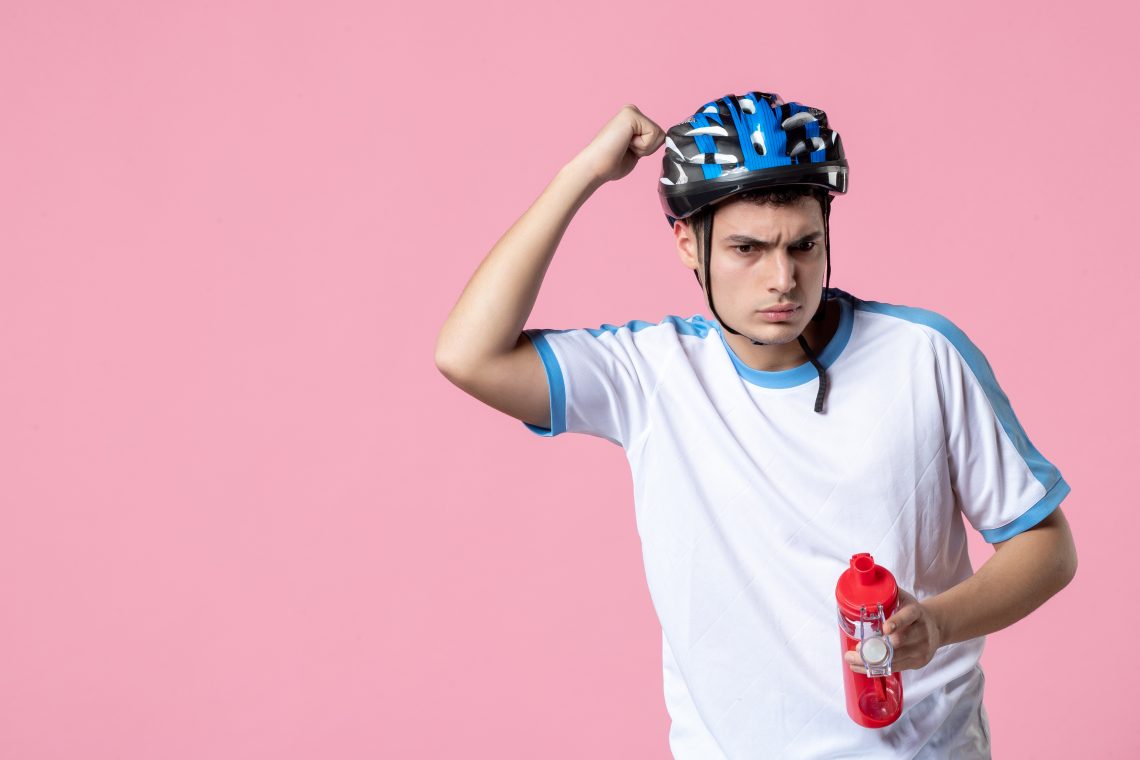Sports are exciting, competitive, and a great way to stay fit but they also carry the risk of injuries, especially to the head. Head injuries in sports can range from mild concussions to severe brain trauma, and prevention is always better than cure. Whether you play football, cricket, basketball, or engage in contact sports like boxing or hockey, understanding how to protect yourself can significantly reduce the risk of serious harm.
In this article, we’ll explore how to prevent head injuries in sports, the importance of safety gear, training techniques, and post-injury care helping athletes perform safely and confidently.
1. Understanding Head Injuries in Sports
A head injury occurs when there’s a blow or jolt to the head that affects the brain’s normal function. Common sports-related head injuries include:
- Concussions – mild traumatic brain injuries caused by impact or sudden movement.
- Skull fractures – severe trauma that cracks the skull bone.
- Brain contusions – bruising of brain tissue.
Even a seemingly minor head injury can have long-term effects such as dizziness, confusion, or chronic headaches. Understanding the risks is the first step toward prevention.
If you want to learn more about related conditions, you can check out Can head injury cause heart problems to understand how trauma to the head can impact other organs too.
2. Always Wear the Right Protective Gear
Wearing proper protective gear is one of the most effective ways to prevent head injuries in sports.
- Helmets: Always wear a helmet designed for your sport football helmets, cricket helmets, cycling helmets, and hockey headgear all differ in structure and padding.
- Face Guards & Mouth Guards: These help prevent jaw injuries and facial fractures that could also lead to brain trauma.
- Padding and Neck Support: Especially useful in contact sports to absorb shock during collisions.
Helmets should fit snugly and meet safety standards. Replace them immediately if damaged even small cracks can compromise protection.
3. Strengthen Neck and Shoulder Muscles
A strong neck can absorb some of the forces during sudden impacts, reducing the risk of concussions. Incorporate exercises like:
- Neck resistance training
- Shoulder shrugs and rotations
- Upper body stability workouts
Regular physiotherapy and stretching can improve balance and muscle control. You can also read how to release trigger points in neck to understand how neck stiffness or muscle knots can increase injury risks.
4. Focus on Proper Technique and Training
Improper technique during gameplay is a leading cause of head and neck injuries. Coaches and trainers should emphasize correct methods for tackling, heading, or diving. For example:
- In football, avoid leading with your head when tackling.
- In cricket or baseball, keep your eyes on the ball and use your equipment correctly.
- In gymnastics or skating, learn proper landing techniques to minimize falls.
Athletes should undergo supervised practice sessions and avoid shortcuts in training. Fatigue and poor form can significantly increase the risk of accidents.
If you’re dealing with chronic pain or stiffness from repetitive sports movements, check out how to recover from sports injury for quick healing and safe return-to-play strategies.
5. Create a Safe Playing Environment
Many head injuries occur due to unsafe surroundings. Make sure your playing area is inspected before practice or a match.
- Check the ground: Ensure there are no potholes, stones, or debris.
- Use soft turf or mats: Especially in indoor sports or children’s training areas.
- Ensure proper lighting: Poor visibility can lead to missteps or collisions.
Schools, clubs, and sports academies should regularly maintain equipment and facilities to minimize risks.
6. Recognize Early Signs of Head Injury
Sometimes, athletes continue playing after an impact, unaware of a mild concussion. This can worsen the injury and lead to long-term issues like memory problems or migraines.
Common signs of head injury include:
- Headache or dizziness
- Blurred vision
- Nausea or vomiting
- Confusion or loss of coordination
- Slurred speech
If these symptoms occur, stop playing immediately and seek medical help. Avoid ignoring persistent headaches; instead, learn how to stop headache immediately at home for safe, natural relief methods while waiting for medical assessment.
7. Encourage a “Safety First” Culture
Creating awareness about sports safety can drastically reduce injury rates. Coaches, parents, and teammates should encourage players to:
- Speak up about discomfort or pain.
- Avoid returning to the game until fully recovered.
- Follow all warm-up and cool-down routines.
Promoting open communication and regular health check-ups ensures every athlete plays responsibly.
8. Use Preventive Physiotherapy
Regular physiotherapy and sports massages can help maintain muscle flexibility, improve joint strength, and reduce the risk of falls or jerks. Preventive physiotherapy focuses on:
- Balance and coordination training
- Postural corrections
- Neurological assessments for head and neck alignment
If you’re curious about how manual therapy helps, read what are the benefits of sports massage to discover how it enhances recovery and prevents muscle-related injuries.
9. Avoid Playing When Tired or Unwell
Fatigue affects coordination, reaction time, and judgment making athletes more vulnerable to collisions and falls. Always rest adequately between games, hydrate properly, and listen to your body. Overtraining is one of the most common yet ignored causes of sports-related injuries.
10. Prioritize Recovery and Rehabilitation
If you’ve suffered a head injury, proper rehabilitation is crucial. Return-to-play should only happen after full medical clearance. Physiotherapy can assist with:
- Restoring balance and coordination
- Managing headaches or dizziness
- Gradually reintroducing physical activity
Never rush recovery; even mild injuries can have lasting consequences if not treated correctly.
Conclusion
Preventing head injuries in sports is not just about wearing helmets it’s about maintaining the right technique, muscle strength, awareness, and post-injury care. With consistent safety practices and proper physiotherapy support, athletes can enjoy their game without risking long-term health.
By understanding how to prevent head injuries in sports, you can stay safe, strong, and confident on and off the field.






